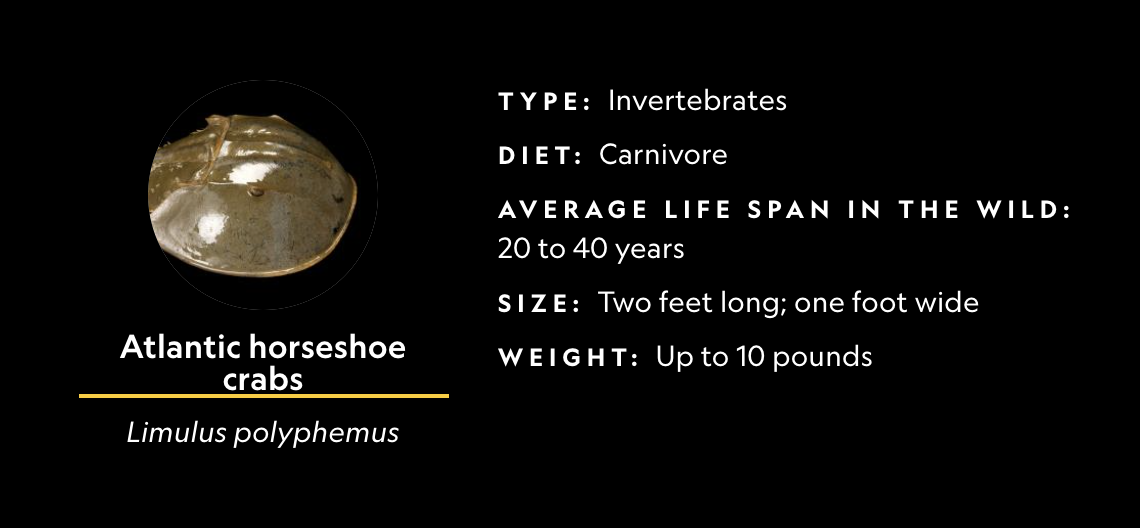What do Atlantic horseshoe crabs have to do with a potential #COVID19 vaccine? Allow writer @edbites to explain. 1/10 https://on.natgeo.com/2ZfuP9P
I first heard about this while working on a story for @Audubon magazine that featured red knots, which migrate from Tierra del Fuego to the Arctic Circle every spring to breed. Their favorite stopover is Delaware Bay. 2/10
Why Delaware Bay? The red knots’ pit stop coincides with the time when horseshoe crabs are laying their eggs in mid-May. Conservationist Larry Niles says that beaches in NJ and Delaware used to be piled thick with horseshoe crab eggs. 3/10 https://on.natgeo.com/3gADgCu
In recent years, however, Niles and other horseshoe crab aficionados say their numbers are plummeting. One potential contributor is the pharmaceutical industry’s use of their very strange milky blue blood. 4/10
The horseshoe crab’s immune system is very different than yours or mine. When it encounters a certain type of bacterial toxin called endotoxin, it turns from a liquid into a gel, which protects them from pathogens. 5/10
In the 1950s, biologists realized that limulus amebocyte lysate (the official name) could be useful in detecting endotoxin in pharmaceutical products, since even tiny amounts of endotoxin contamination can be deadly. 6/10
Pharma companies began collecting horseshoe crabs when they came on shore to breed and extracted their blood before returning them to the ocean. Official numbers say only ~5% of the crabs die as a result. Niles fears it’s much higher. 7/10
More recently, biologists have created a synthetic version of the lysate called recombinant Factor C (rFC), which doesn’t need horseshoe crabs. In clinical tests, it works just as well as the horseshoe crab-derived lysate. 8/10
While the FDA has permitted its use to test for contamination in a few drugs, the US Pharmacopeia (a non-profit that sets standards for drug safety and quality) decided not to approve rFC for use in 2020. 9/10
Although conservationists are hopeful it will eventually be approved, for now, all the vaccines and antibodies used for COVID-19 in the US will be tested for safety with the help of the humble horseshoe crab. 10/10 https://on.natgeo.com/2ZfuP9P

 Read on Twitter
Read on Twitter


